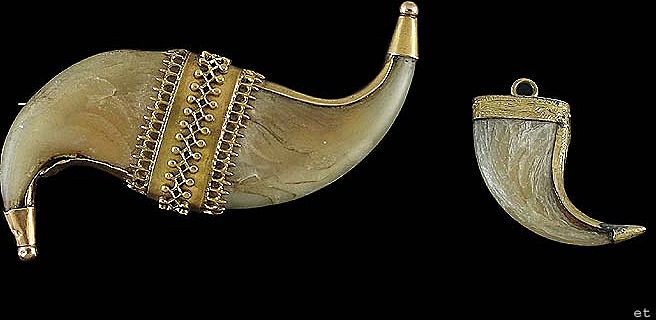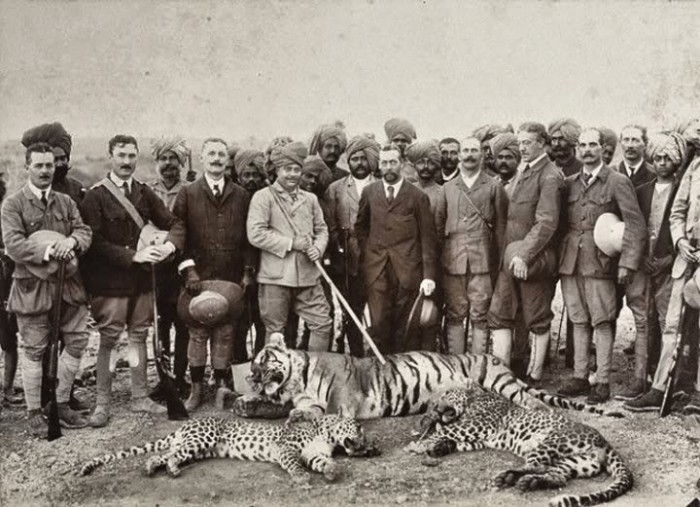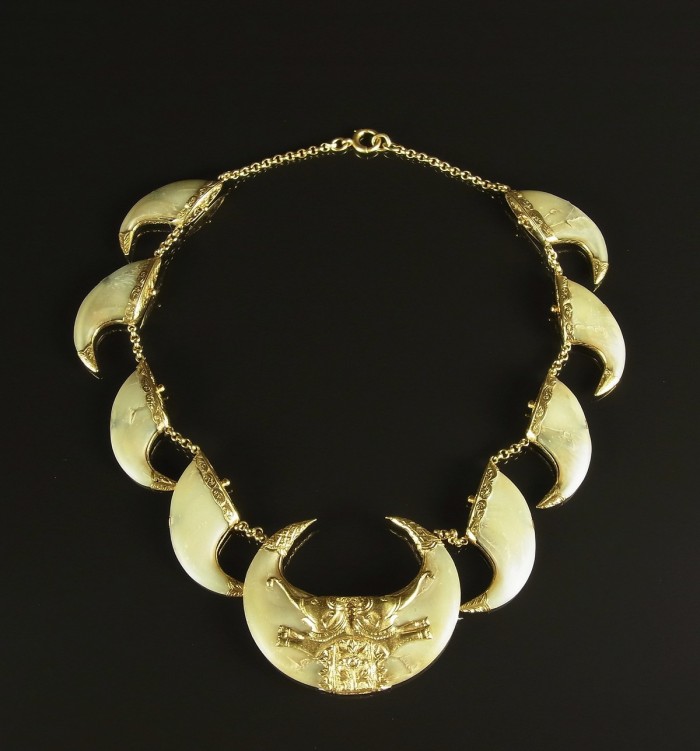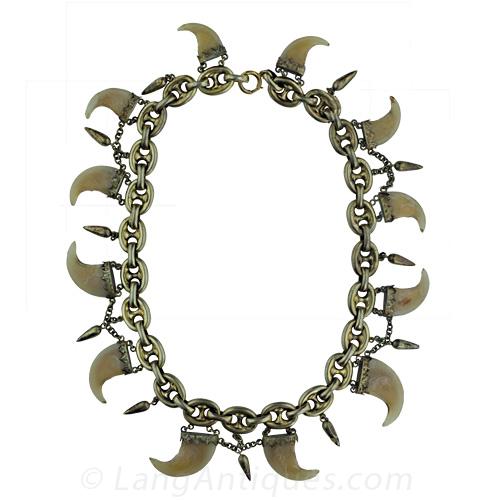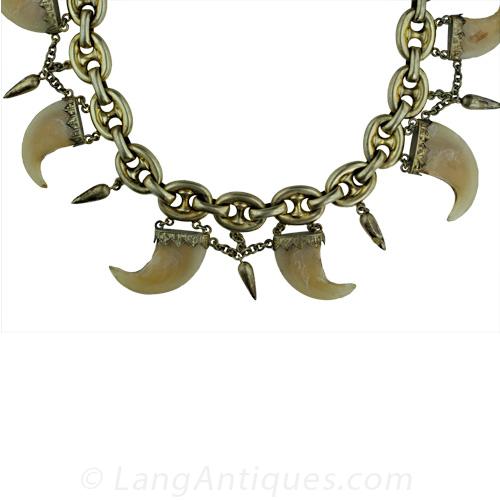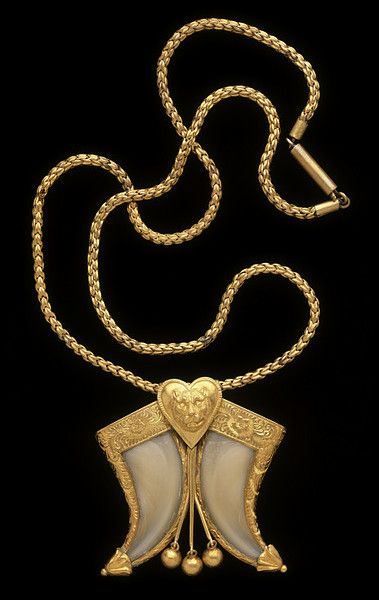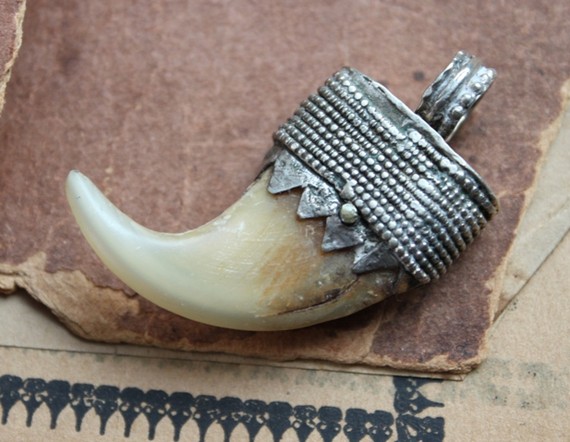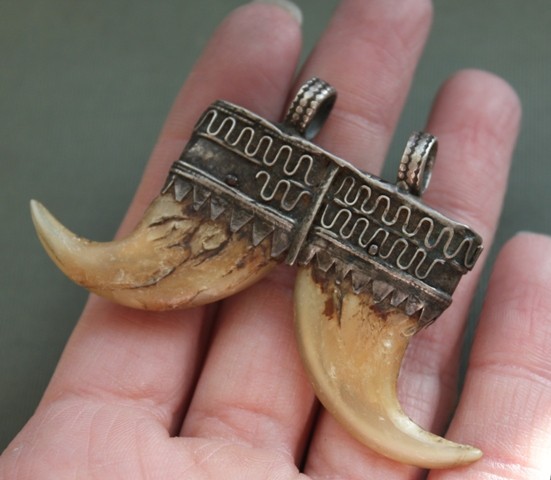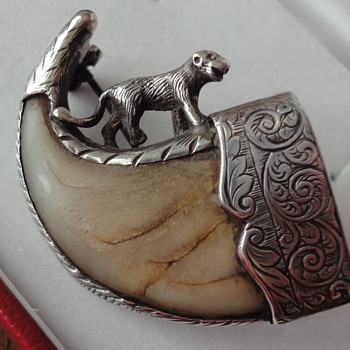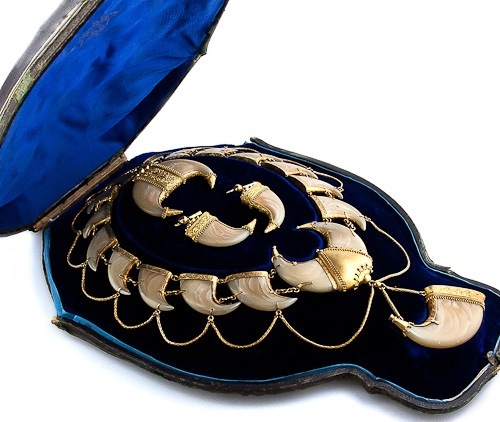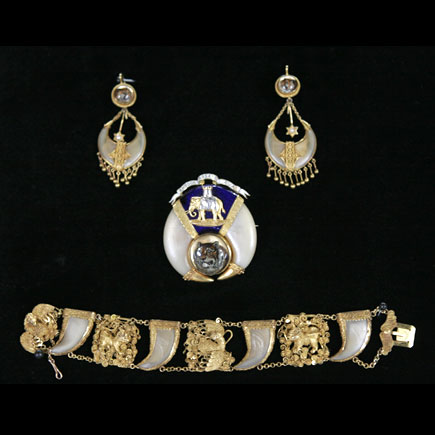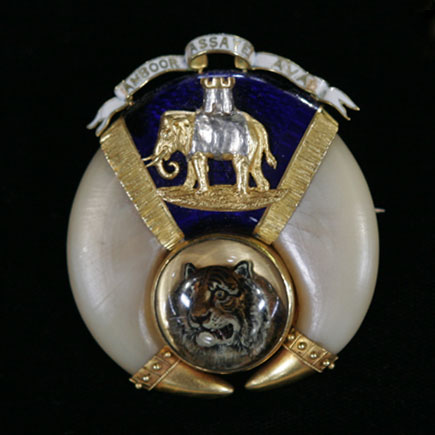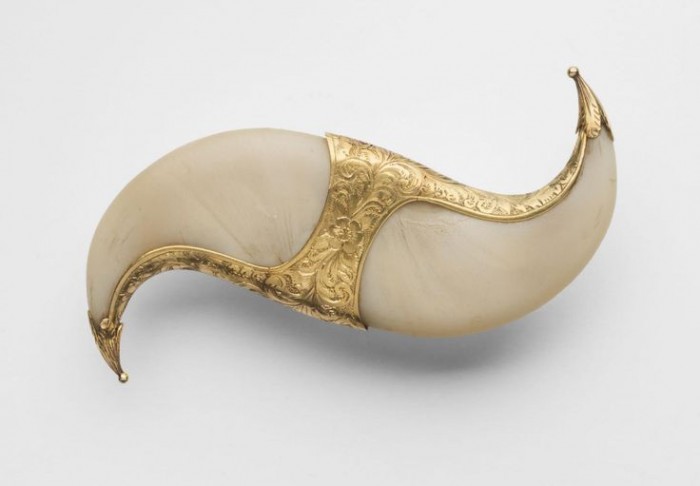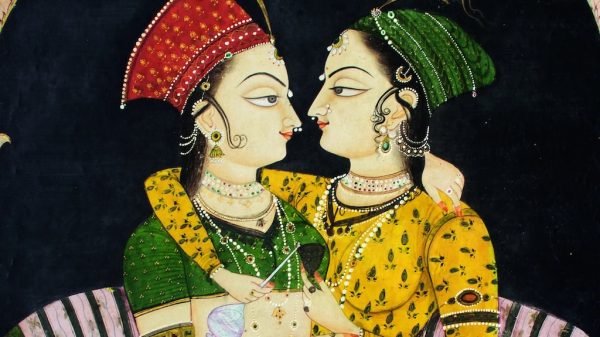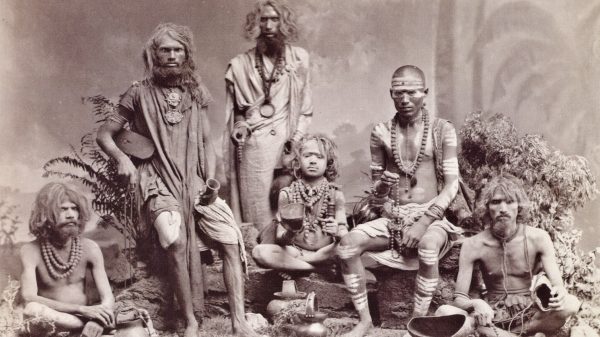In the late 1800s, one of the most popular pastimes for British colonists in India was hunting their majestic wildlife, especially the Bengal tiger. The Bengal tiger had long been the prey of the Maharajahs and aristocrats of India, so when the British aristocracy moved in, they saw it as a way to buddy up with their “fellow rulers.” Palaces and mansions were hung with pelts and decorated with stuffed tigers to demonstrate the prowess of the owner – who most likely had a troop of “natives” with him and his friends who did all the actual work in hunting the tigers. Bountys were offered starting in the late 1800s for each tiger killed, and so many people hunted tigers as a way of earning money. As a result of rampant hunting, by the beginning of the 20th century, 95% of the tiger population had been decimated. By the 1980s, the Bali, Javan and Caspian tigers were all extinct due to hunting and human encroachment.
Because of the easy availability and acceptability of tiger corpses, one of the most popular souvenirs for rich British tourists was Bengal tiger claw jewelry. Indian goldsmiths would create intricate gold settings for pendants, necklaces and brooches to sell to the wealthy who wanted to showcase their prey or impress their London friends. Many of these pieces are auctioned off today, and are a grim reminder of how valueless animal life is to human beings that it can be taken for nothing but aesthetics. Check out some 19th century Bengal tiger claw jewelry below…
Further Reading:
http://thehairpin.com/2011/09/the-week-in-estate-jewelry-tiger-claws-secret-hearts-and-opal-madness
http://navrangindia.blogspot.ca/2015/03/bengal-tiger-hunting-british-royals-and.html

